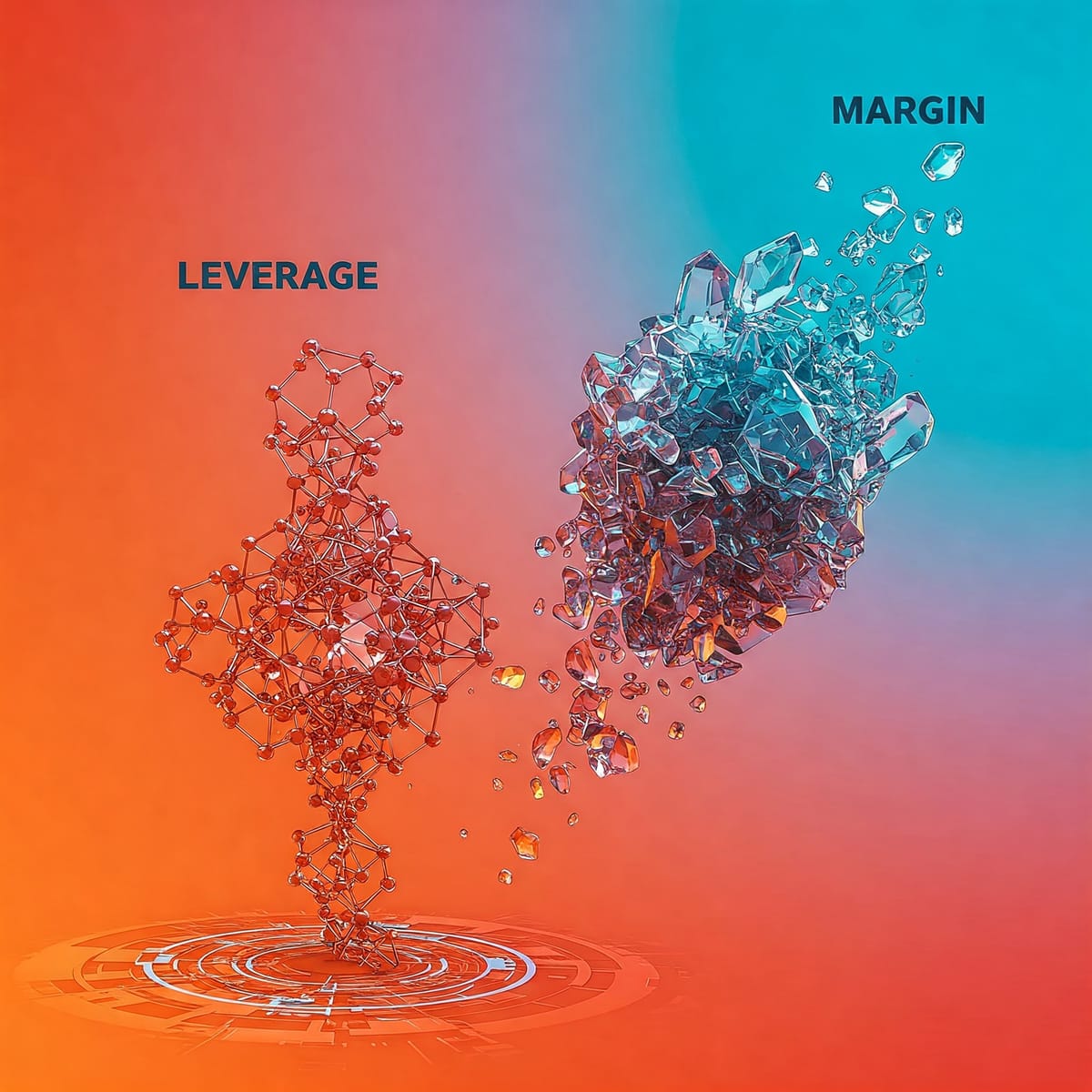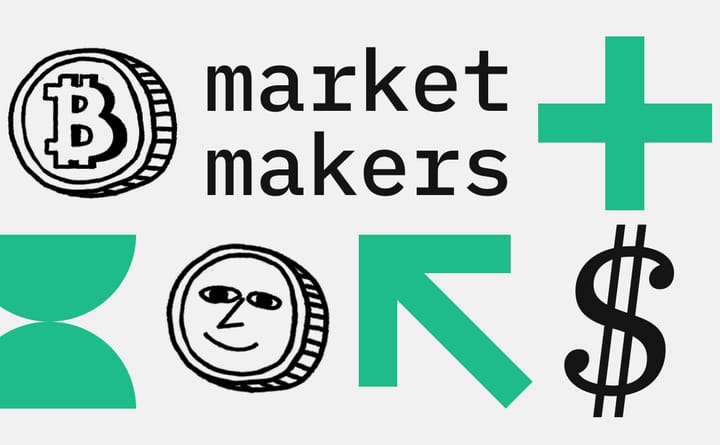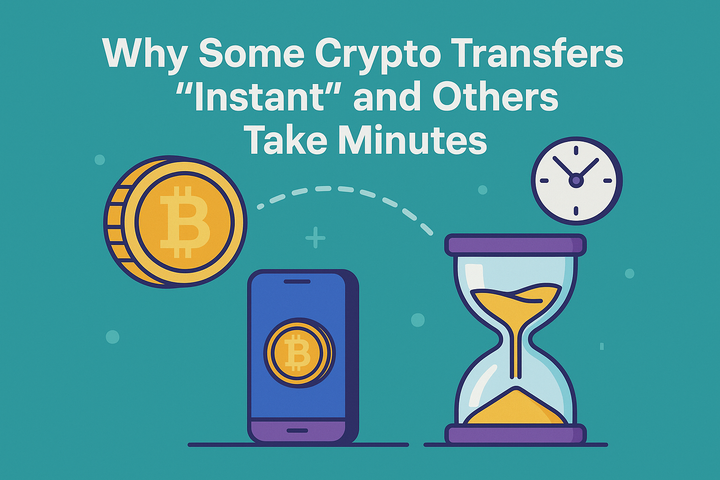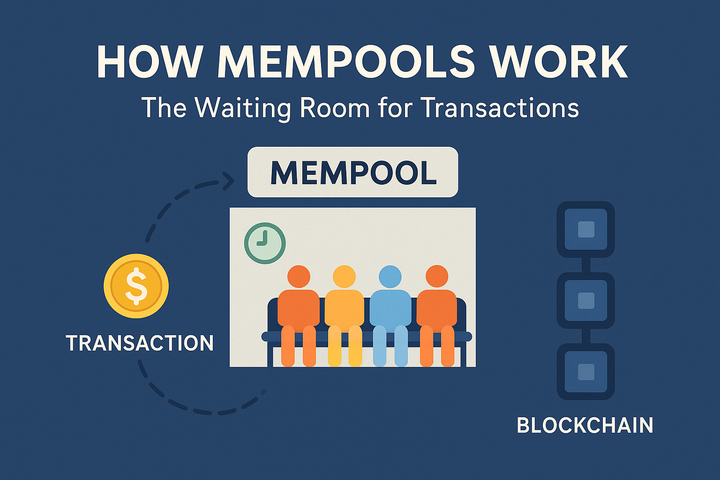Trading 102: Demystifying Leverage, Liquidation, and Margin in Crypto

Introduction
If you've mastered the basics of trading (like spot vs. futures), welcome to the next level. This piece will explore leverage, margin types, liquidation mechanics, and how smart risk management separates pros from gamblers.
Understanding Leverage: Power and Peril
Leverage lets you control a larger position with a smaller amount of capital. Think of it like borrowing extra power to amplify your results.
- 2x leverage means a 5% price move gives you a 10% gain (or loss).
- 10x leverage means a 1% move = 10% PnL.
Sounds exciting? It is (until the market moves against you).
Example: If you use 10x leverage and the price moves 10% against your position, you're wiped out (liquidated).
The higher the leverage, the narrower your margin for error. That's why responsible traders use leverage like a scalpel, not a sledgehammer.
Margin Basics: Isolated vs. Cross
Margin is the collateral you put up for a leveraged trade. Exchanges offer two main systems:
| Margin Type | Description | Risk Profile |
|---|---|---|
| 🔒 Isolated Margin | Only the margin you allocate to a specific trade is at risk. Great for managing individual positions. | Lower |
| 🔄 Cross Margin | Uses your full account balance to keep positions alive. Offers flexibility, but if one trade goes south, your whole account could suffer. | Higher |
Want to see how margin systems tie into broader frameworks? Read:
🔗 DeFi’s Legal Awakening: How New Regulations Are Reshaping the Future of DeFi
Liquidation: What It Means and How to Avoid It
Liquidation occurs when your margin can’t support your leveraged position anymore. The exchange force closes your position to prevent further losses.
🧮 How It Happens:
- You enter a long with 10x leverage.
- The market dips 10%.
- Your collateral can't cover your loss = liquidation.
💡 Where Does the Money Go?
- Some to the winning counterparty
- Some to the exchange (fees)
- Some to the insurance fund, which absorbs risk when traders can't pay
Learn more about basic trading mechanics here:
🔗 Trading 101: Spot, Futures & Options Explained
The Role of Auto-Deleveraging (ADL)
During extreme volatility, some exchanges auto-deleverage winning positions to cover losing ones, maintaining platform solvency.
- Your winning trade could be partially closed if ADL is triggered.
- Exchanges like dYdX and GMX use insurance funds and risk engines to minimize ADL events.
For deeper insight, check:
🔗 The Role of Oracles in DeFi
Risk Management 101
Trading without a plan is gambling. Here’s how to protect your capital:
- Use Stop-Loss Orders: Know your exit before entering.
- Position Sizing: Risk just 1–3% of your capital per trade.
- Emotion Control: No FOMO, no revenge trading.
- Leverage Discipline: Just because you can use 50x doesn’t mean you should.
"In crypto, surviving is winning. If you're liquidated, you're out of the game."
Want to stay sharp during downtrends?
🔗 How to Survive the Mental Side of Bear Markets
Conclusion: Leveling Up in Futures Trading
Leverage and margin open powerful doors but can also lead to painful exits if misunderstood. Liquidation isn't just a number, it’s a hard lesson many learn too late.
By understanding leverage mechanics, choosing the right margin system, and practicing strict risk management, you give yourself a chance not just to survive, but thrive.
Stay tuned for:
🔜 Trading 103: Reading Candlestick Patterns, Market Structure & Order Books



Comments ()